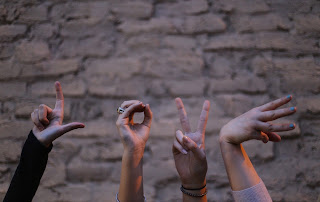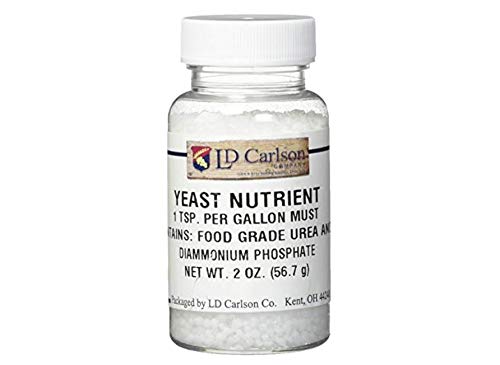Honourable Councillors, Mayors, and Chief of the MVBD:
This story isn’t mine, but it moves me.
“Bye-and-bye (the two boys) came to a river and walked beside this, following it down until they came to the sea. Now the water was a long way out, and as they walked over the sand, they saw water spurting up all about them. “Look!” said one, “there must be something down there; we will find out what it is!”
They got sticks and scraped away the sand until they came to a large clam. It may be good to eat, they thought, and breaking it open, they tasted it. Ah, it was good! They both began to dig, and very soon had a large pile of clams. They carried them up to the beach and, getting cedar sticks, made a fire and put the clams beside it to cook.
For many months they lived at that place beside the river, always having plenty to eat, for besides the deer they killed, they could always dig clams when the water went out. One day, when the water was very low, they saw something splashing in the river, and, hurrying to look, found more salmon than they could count, swimming up the river. The water was filled with salmon, and more and more were coming, all pushing and fighting to get far up in the fresh water…
… It did not take the boys very long to get back to their old home, for they walked night and day, they were in such a hurry to see their family again. One morning the mother woke to see two young men standing in the door of her little house. “We have come back to you mother!” they called. “We have found a place where food is all about us—no need to hunt for hours for a meal. There is food that you have never heard of—more than a large tribe would need. See, we have brought some of the new food for you to eat.”

This recounting is part of the origin story of the K’ómoks First Nation, written down in a book titled “Two houses, half-buried in sand.” by Beryl Mildred Cryer. This origin story was translated by Mary Rice from an elder from Kuper Island prior to 1932. Cultures - K'ómoks First Nation (komoks.ca)
This story sends a thrill down my spine, for it recounts the plentiful food and fresh water resources of the Georgia Strait before urban, agricultural, and industrial wastewater poisoned our shores. Imagine a beach that delivers miles of fresh shellfish with every ebb of the tide! Imagine a stream so abundant with spawning salmon that you can catch the fish with your hands and toss it up on the river bank!
I appeal to every Mayor and Councillor upon the Metro Vancouver Board of Directors:
Hold this image in your mind as you consider whether to approve the expansion of industrial land across the Urban Containment Boundary. This boundary was set in place to protect the endangered watershed of the TATALU (Little Campbell River). The use of this forested and pastoral area for industry will send an unsustainable burden of contaminated water into the watershed, destroying a critical salmon spawning river and flooding the shores of the Semiahmoo First Nation Reservation.
Don’t let this short-sighted destruction be your legacy. Our waters can be restored. In fact, there are several environmental organizations like the Shared Waters Alliance who have spent the last two decades cleaning and rebuilding our waterways. A return to clam harvesting and a thriving orca population is not impossible. However, the development of this protected land in South Surrey into industrial land will destroy decades of restoration. It will also further directly poison the land and water of the costal Semiahmoo First Nations People, and expose the local municipal governments to litigation. This Wednesday, vote
AGAINST the proposed amendment to the South Campbell Heights Regional Growth Strategy.
Charity Gosling
To learn more about this important vote that will turn protected land into industrial use, and how you can help, go to:
https://arocha.ca/south-campbell-heights-lap/?mc_cid=d2f156b121&mc_eid=6774f045dd





















































